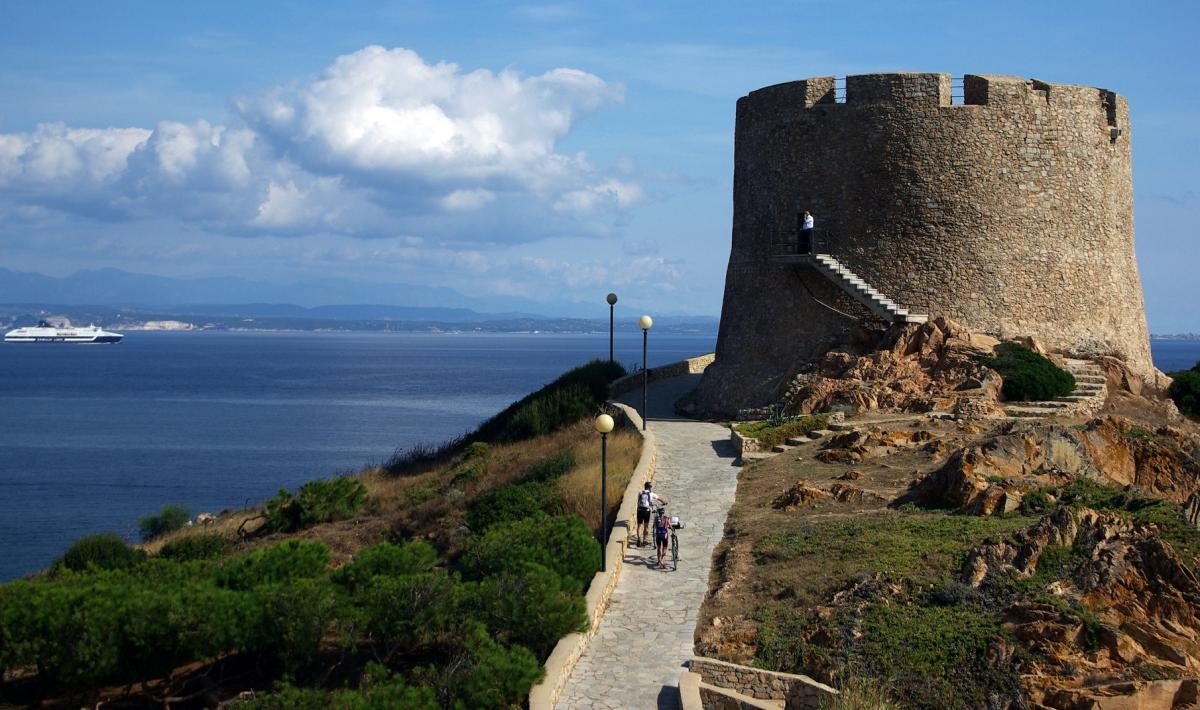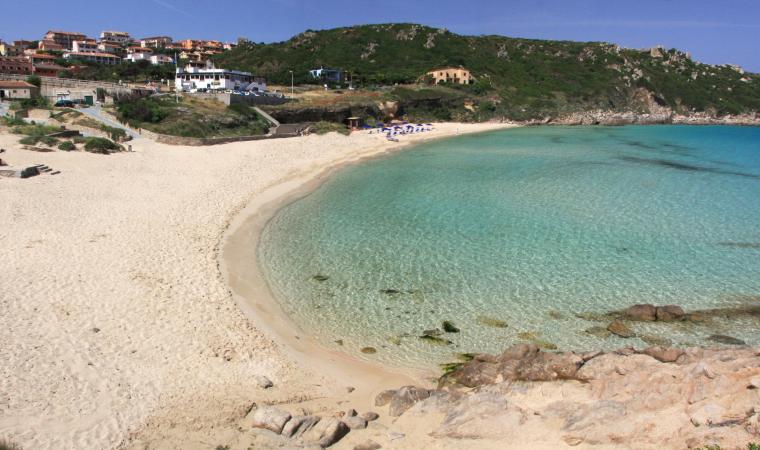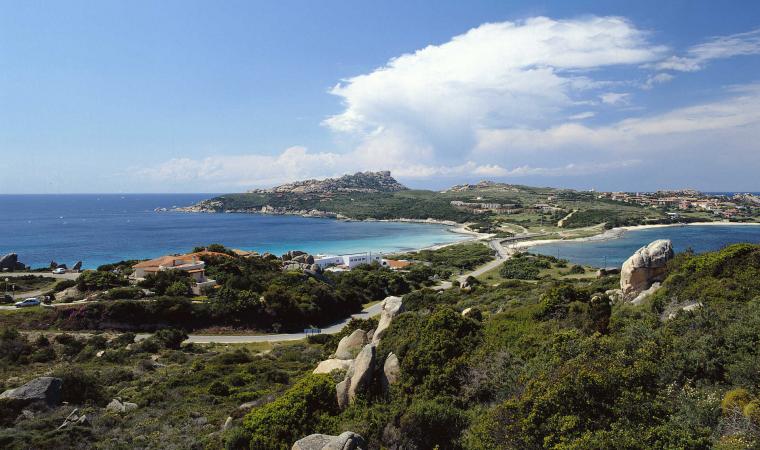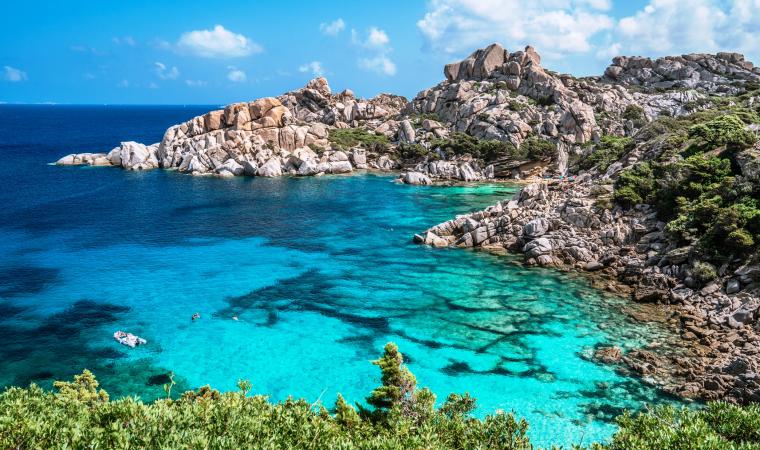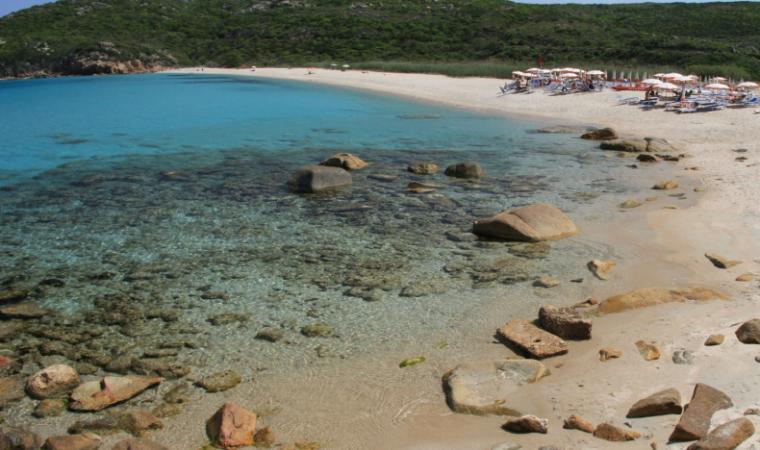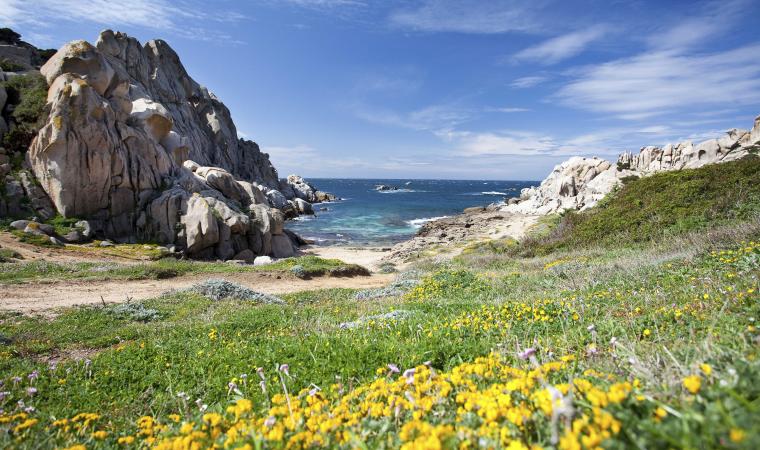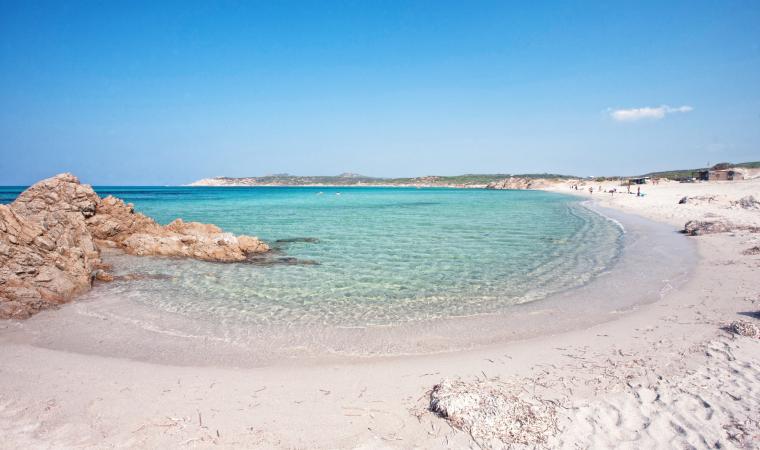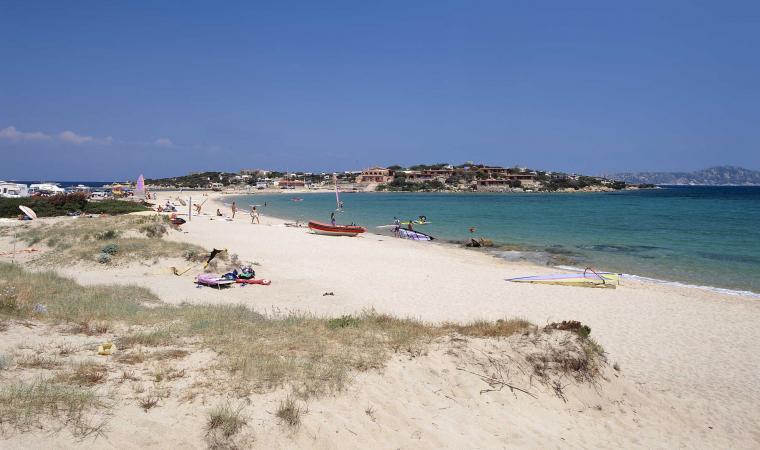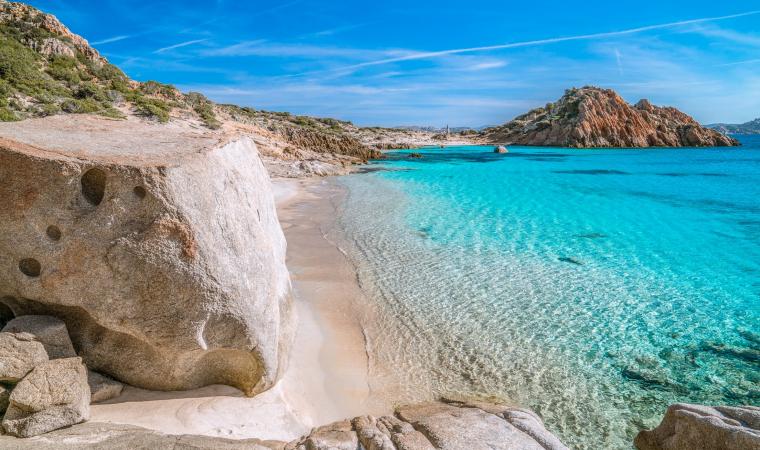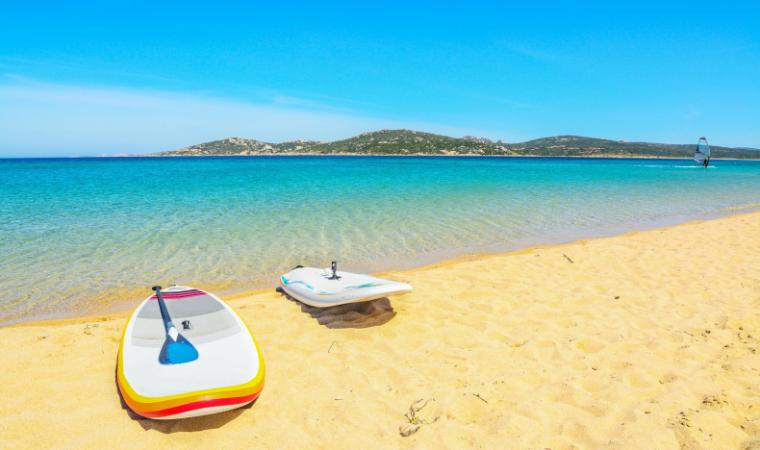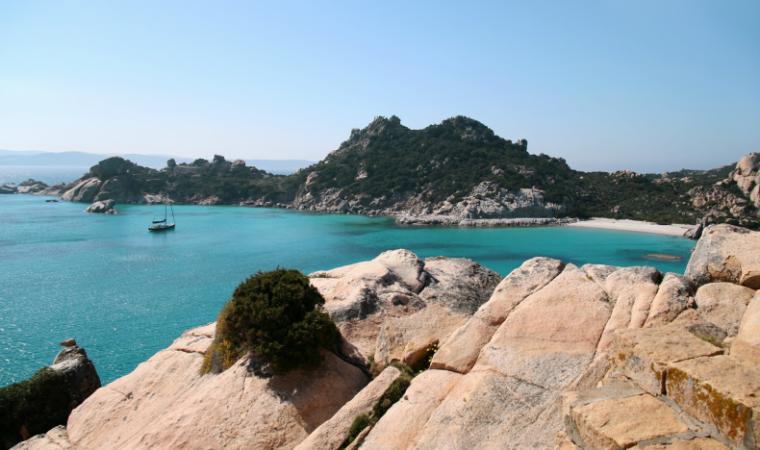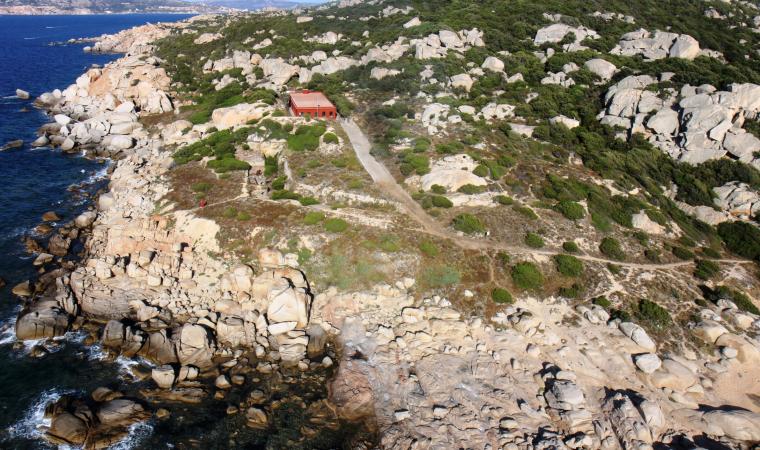It is probably Gallura’s largest tower, most likely the most imposing one ever built on the island by the Spanish crown and is the symbol of Santa Teresa Gallura, together with the beach over which it watches. The Longonsardo tower stands on a promontory to the north-east of the town of Gallura, not far from where a castle once stood in the Middle Ages. It has a diameter of 19 metres at the base, some 16 in the upper cylindrical body, and a height of 11 metres. The building material used was, of course, granite, perhaps taken from the ruins of the manor. The tower was classified as de armas, or 'strong', built to house a garrison and heavy defence weapons.
It started appearing in documents in 1577, when it had become necessary to defend the harbour from attacks by Barbary pirates and the tower was built as part of a defensive strategy developed by King Filippo II, who instituted the “Royal administration of towers.” A surrounding wall was added, of which you can still see some remains, as well as a cistern for collecting rainwater. The entrance is six meters from the paved interior and will lead you to the fortified area, a domed room with a central pillar. On the right you’ll find the stairs that led to the parade ground.
The building was renovated towards the end of the 18th century when a domed crescent structure was built on the parade ground, with gun slits and rooms for the guards. At the northern end they put in a ravelin, a trapezoidal wall with barracks inside that included lodgings, ovens and a millstone. The tower was overtaken in 1802 when, led by a priest named Sanna Corda, a group of Sardinian and Corsican rioters conquered it. The occupation was short-lived and royal troops soon regained possession of it and captured the conspirators, all of whom ended up on the gallows. After the Royal administration of Towers was closed down, Longosardo was demilitarised although, for a short time during the Second World War, it was used to garrison a parachute regiment. Today it is open to visitors eager to learn about its fascinating history, and now and again it is used as a venue for gala and cultural events.
From its top at 40 metres above the sea, you will enjoy breathtaking views of Bocche di Bonifacio and the island of Corsica. If you look down to the left, you’ll be dazzled by the whiteness of Rena Bianca beach, Santa Teresa’s town beach. White sand with pink hues, the sea glittering with colours that span from blue to emerald green, and cliffs make this corner of Sardinia a must-visit on par with the gorgeous attractions of Capo Testa: the ‘twin’ beaches Rena di Ponente and Rena di Levante, Cala Spinosa and Cala Grande - Valle della Luna. Three kilometres to the south-west you can journey back in time to the Nuragic age of Lu Brandali. Nestled in Mediterranean brush, it is a fascinating complex with a nuraghe, village and Giants’ tomb.

